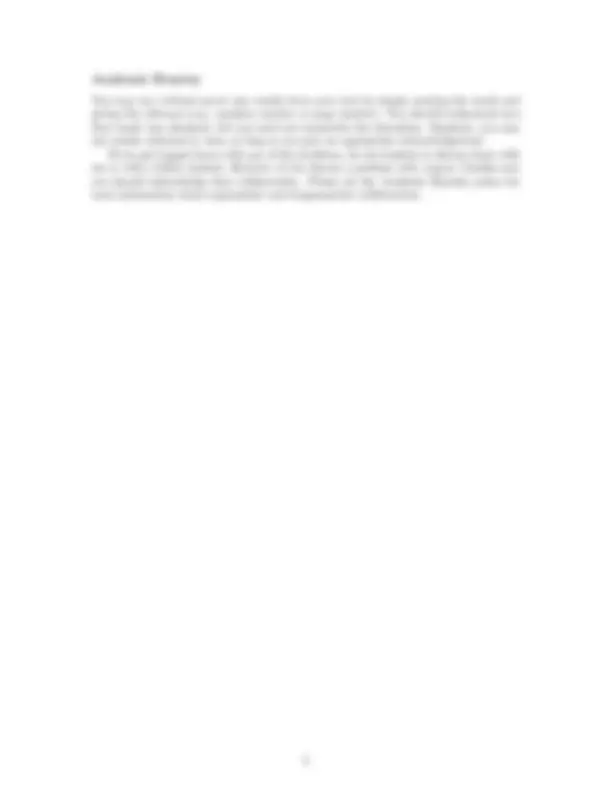



Study with the several resources on Docsity

Earn points by helping other students or get them with a premium plan


Prepare for your exams
Study with the several resources on Docsity

Earn points to download
Earn points by helping other students or get them with a premium plan
Community
Ask the community for help and clear up your study doubts
Discover the best universities in your country according to Docsity users
Free resources
Download our free guides on studying techniques, anxiety management strategies, and thesis advice from Docsity tutors
A physics homework assignment focusing on electricity and magnetism, specifically problem-solving related to magnetic fields and their plots. It includes pencil-and-paper problems from chapter 29, problem 58, and a supplemental problem s1, where students are asked to evaluate a manufacturer's claim about reducing electromagnetic fields. The assignment is due on march 31, 2009, and emphasizes academic honesty.
Typology: Assignments
1 / 2

This page cannot be seen from the preview
Don't miss anything!


Physics 132-01—Physics IIa: Electricity and Magnetism Homework Assignment # Due Tuesday, March 31, 2009, 1:10 p.m. NOTE SPECIAL DUE DATE AND TIME!
Do the following problems: Chapter 29: Problem 58. Also, for this problem, plot the magnetic field as a func- tion of x for x from −s to +s. As in previous problems calling for a plot, you may use Excel, Mathematica, any similar tool, or even a hand-drawn sketch, as long as you give a reasonable curve and indicate the scales appropriately on the axes.
Also, do the following supplemental problem.
S1. (30 pts.) A manufacturer of electric blankets claims that a new wiring pattern reduces the electromagnetic field by 95%. Is this plausible? Explain your reasoning. If you make any assumptions or approximations, be explicit about them. You might wish to consider the following points:
can’t follow your work. Staple your pages together.
You may use, without proof, any results from your text by simply quoting the result and giving the reference (e.g. equation number or page number). You should understand how that result was obtained, but you need not transcribe the derivation. Similarly, you may use results obtained in class, as long as you give an appropriate acknowledgement. If you get bogged down with any of the problems, do not hesitate to discuss them with me or with a fellow student. However, if you discuss a problem with anyone (besides me) you should acknowledge that collaboration. Please see the Academic Honesty policy for more information about appropriate and inappropriate collaboration.